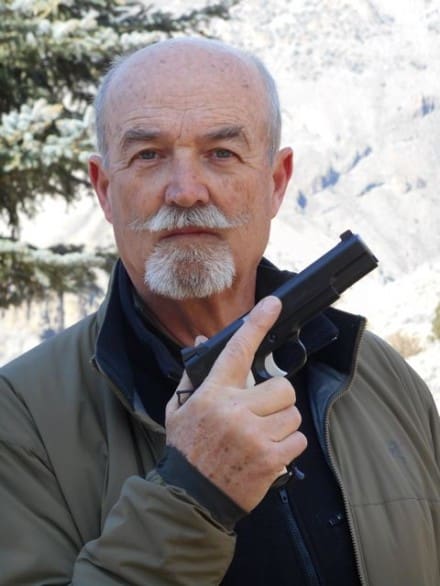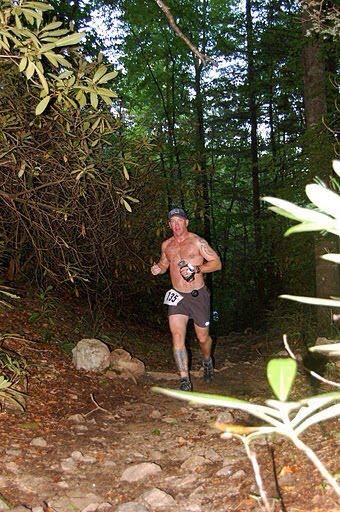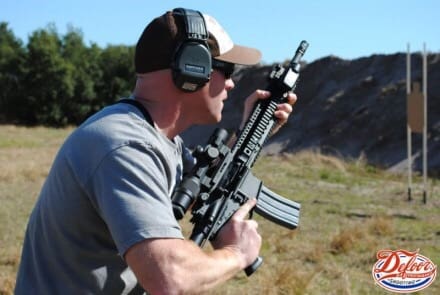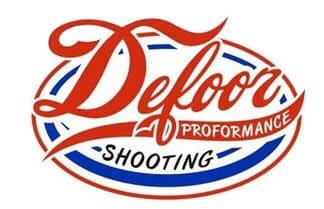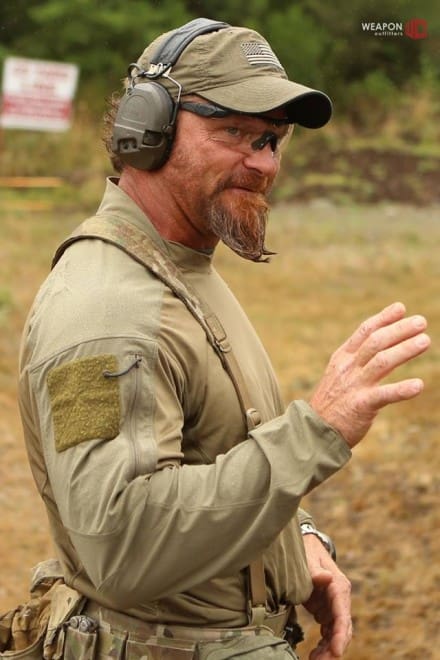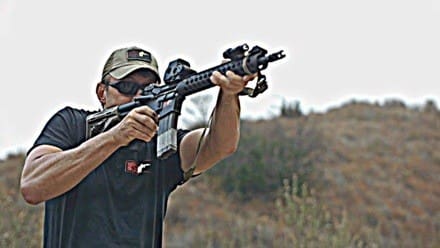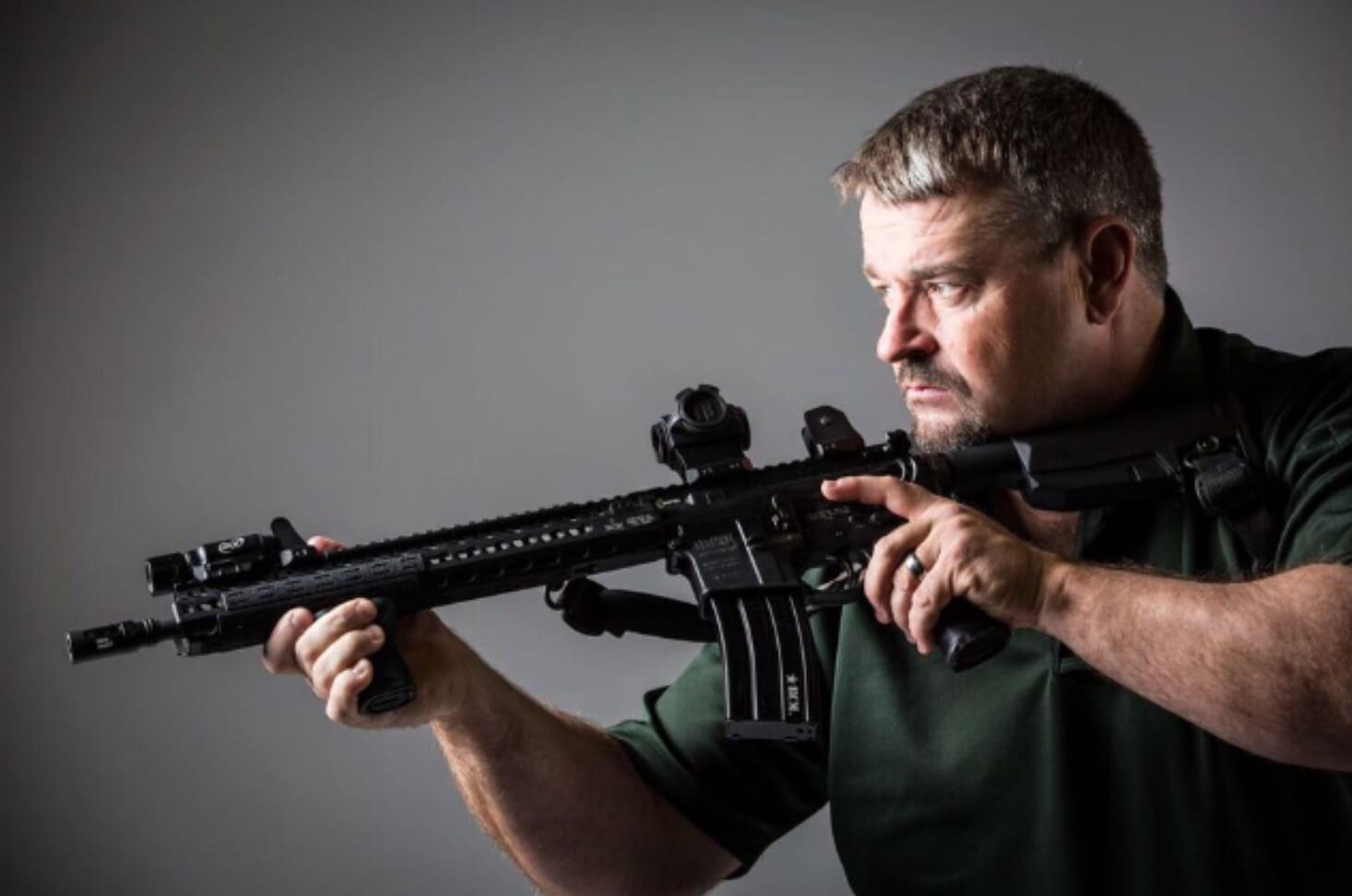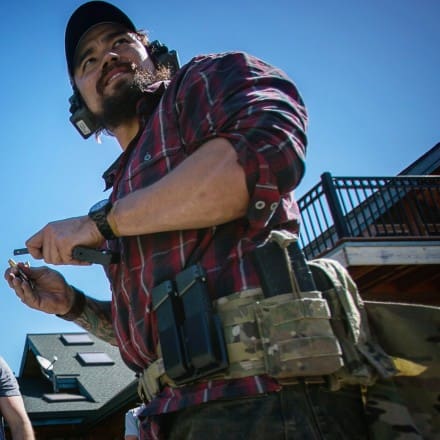NRA Show Review:
The 2017 NRA Show in Atlanta was a joy to behold. Unlike SHOT, the folks walking the Show floor are the end users, the real deal ‘gun culture’. Unlike the SHOT Show which is oriented towards the dealer/distributors of firearms and related hunting gear, the NRA Show is all about show and tell for the members of the National Rifle Association. This year was of interest for a number of reasons. First the election of Donald Trump has calmed the nerves of the gun owning public. As clueless as the left is about why they lost, make no mistake the five million member strong NRA was a positive factor in the fact that Trump won. For the left to attack firearms ownership and still expect it to ring true for most of the heartland is just plain stupid. The anti-Second Amendment attitude does not sell in the states between the Socialist North East and the Left Coast.
A look at the folks walking the floor was quite educational. First, the bulk of people present were males over the age of fifty. However, more than any other NRA show that I have attended in my lifetime females were in noticeable attendance. Not just the wife tagging along with their hubby, but single and even groups of women, active in the shooting/gun culture. Trust me when I tell you that the CCW movement in the USA has had a profound impact on women. Realizing that with equality comes the responsibility to protect themselves; days of expecting a man to protect them is over. Life is about change, and we have little choice sometimes in the direction our lives must flow.
The second demographic that was very noticeable was the presence of people of color. The NRA has always been a strong supporter of equal rights; even back in the day when civil rights was not always popular especially with the Democratic Party. It was impressive to see both women and blacks asking intelligent questions about firearms and their use. I will wager that during the three days of the NRA Show more people were armed in that building than anywhere else in the USA. And, these folks packing heat all were carrying loaded firearms. In the course of the three days, not one loud noise was heard. Despite the complaints of the ‘anti gun crowd’, it was proof that people can be not only safe but responsible with concealed sidearms.
As a product ambassador for Colt Firearms, I was constantly having people coming up to me in the booth and asking questions about their guns, and they tended to all be loaded. Another thing that struck me was that if you took all the AR-15 (MSR’s for the gun culture political correct) and related accessories out of the show, the show would be less than half the size that it was. The reality is that nearly half of the gun culture has embraced the AR platform firearm. I do know some folks that do not own AR-15 style firearms, but damn few. When I moved to the mountain West, I knew that hunting rifles and handguns would be common, what surprised me was that nearly everyone owns an AR. Often more than one. The other thing that came to light was not a surprise at all: Mr. Obama was the best firearms salesman in history. Sales of the ‘black rifles’ has slowed to a trickle after the election. Nearly everyone in the retail end of the gun business will tell you sales have nearly come to a halt. Ammo demand has also slowed dramatically, prices are finally becoming more reasonable. Handgun sales continue to be solid, again directly related to the CCW market. New introductions of firearms at the NRA is becoming more common as much of the industry has tired of the strangle hold the NSSF has on the industry via the SHOT SHOW. Cost of the SHOT Show soars every year, and most vendors are tiring of the process.
This years NRA show introduction of pistols like the Beretta APX, FNH 509, H&K VP9SK, or Springfield Armory XD-E, and you can see the demand for quality handguns remains strong. The XD-E is directly oriented towards an small, flat, single stack 9X19mm pistol that is ideal for the AIWB crowd. If you plan on shoving your CCW sidearm into an inside the waist ban holster that is pointed at your balls, the XD-E a great choice. The gun that was my pick at the NRA Show was Wilson Combat’s new X9 pistol. What most folks want in a CCW sidearm is a 15 shot 9X19mm pistol the size and weight of a Clock 19, but with the controls, trigger, sights and accuracy of a 1911. The Wilson Combat EDC-X9 is just that, beautifully made of the best materials, a pride to own, but with a price tag more in tune with the Rolex crowd, not the Timex variety.
Overall, the flavor of the NRA show and the ‘gun culture’ was somewhat laid back, in tune with the change of politics in the USA. It seems that when a Republican takes the oval office, gun sales slow; put a Democrat in office and gun sales soar. There are some good deals in guns, ammo, and accessories to be hand in the coming months, hide and watch.
– Ken Hackathorn
Ken Hackathorn has served as a US Army Special Forces Small Arms Instructor, Gunsite Instructor, and NRA Police Firearms Instructor. He is currently an FBI Certified Firearms Instructor, Certified Deputy Sheriff with Washington County SO, Ohio, and a SRT member and Special Response Team trainer. Ken has trained US Military Special Operations forces, Marine FAST and SOTG units and is a contract small arms trainer to FBI SWAT and HRT.
Ken has provided training to Federal, State, and local law enforcement agencies and been active in small arms training for the past 25 years. He has written firearms related material for Guns & Ammo, Combat Handguns, Soldier Of Fortune, and currently American Handgunner and contributed to at least six other gun/shooting journals. Ken was also a founding member of IPSC and IDPA.
Gunfighter Moment is a weekly feature brought to you by Bravo Company USA. Bravo Company is home of the Gunfighters, and each week they bring us a different trainer to offer some words of wisdom.


